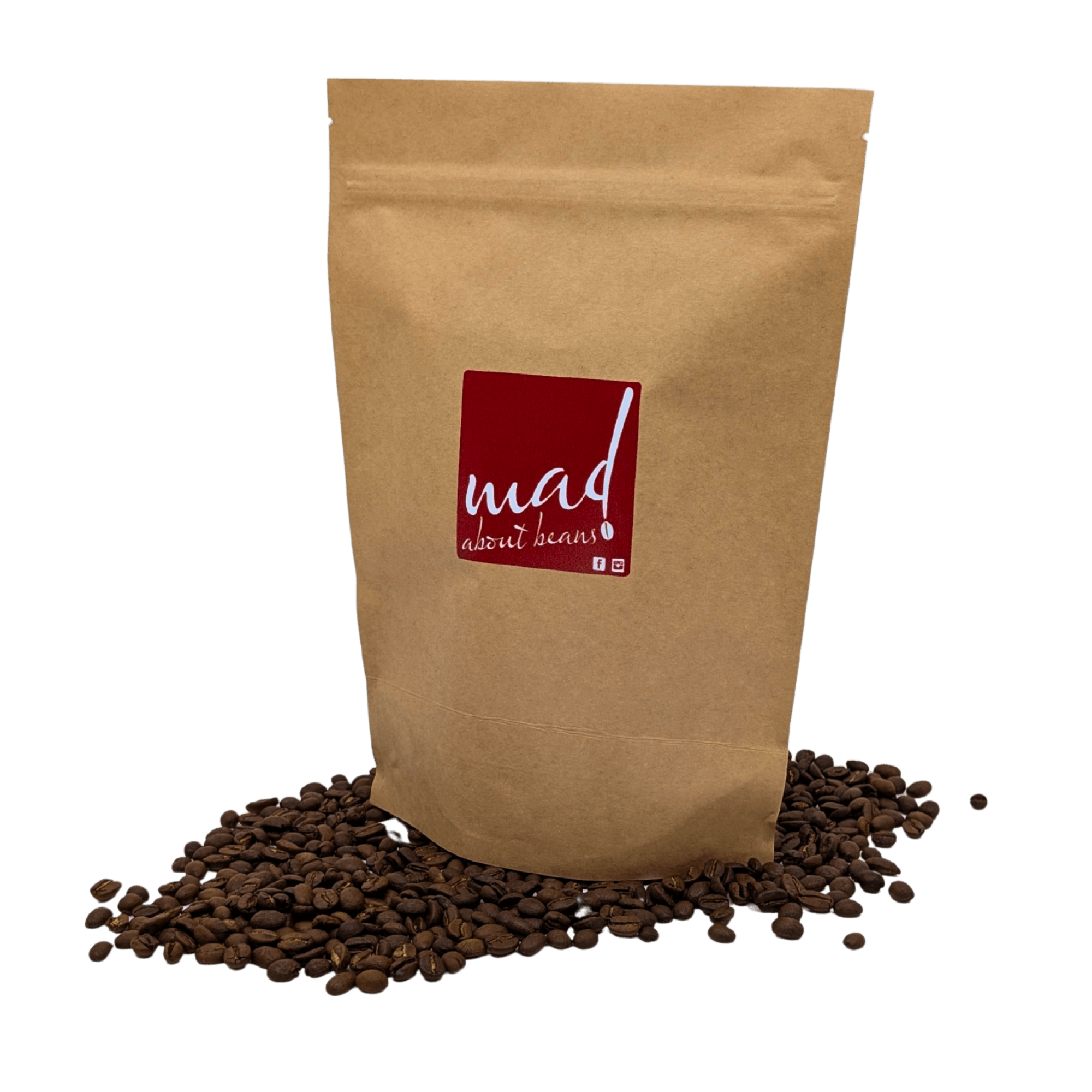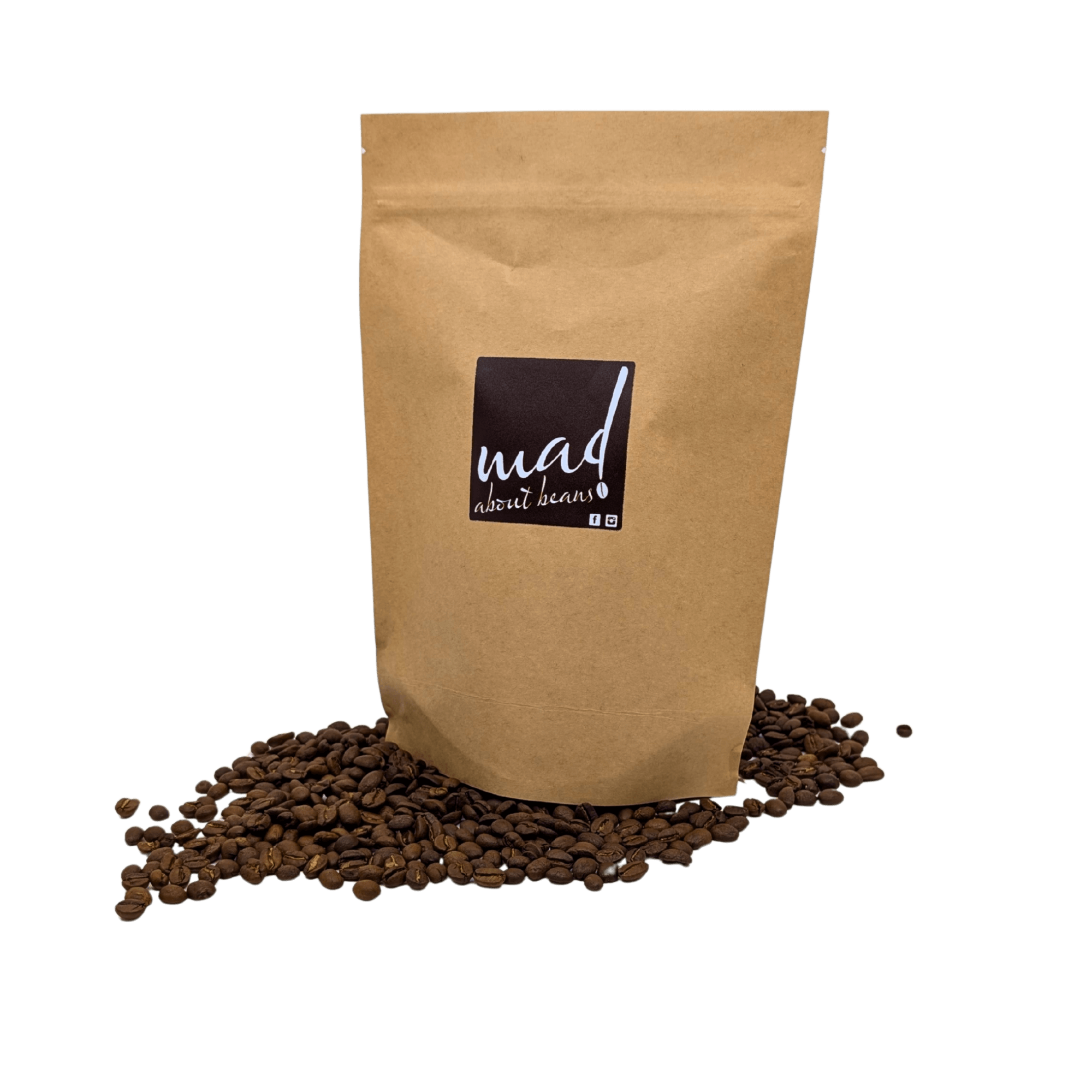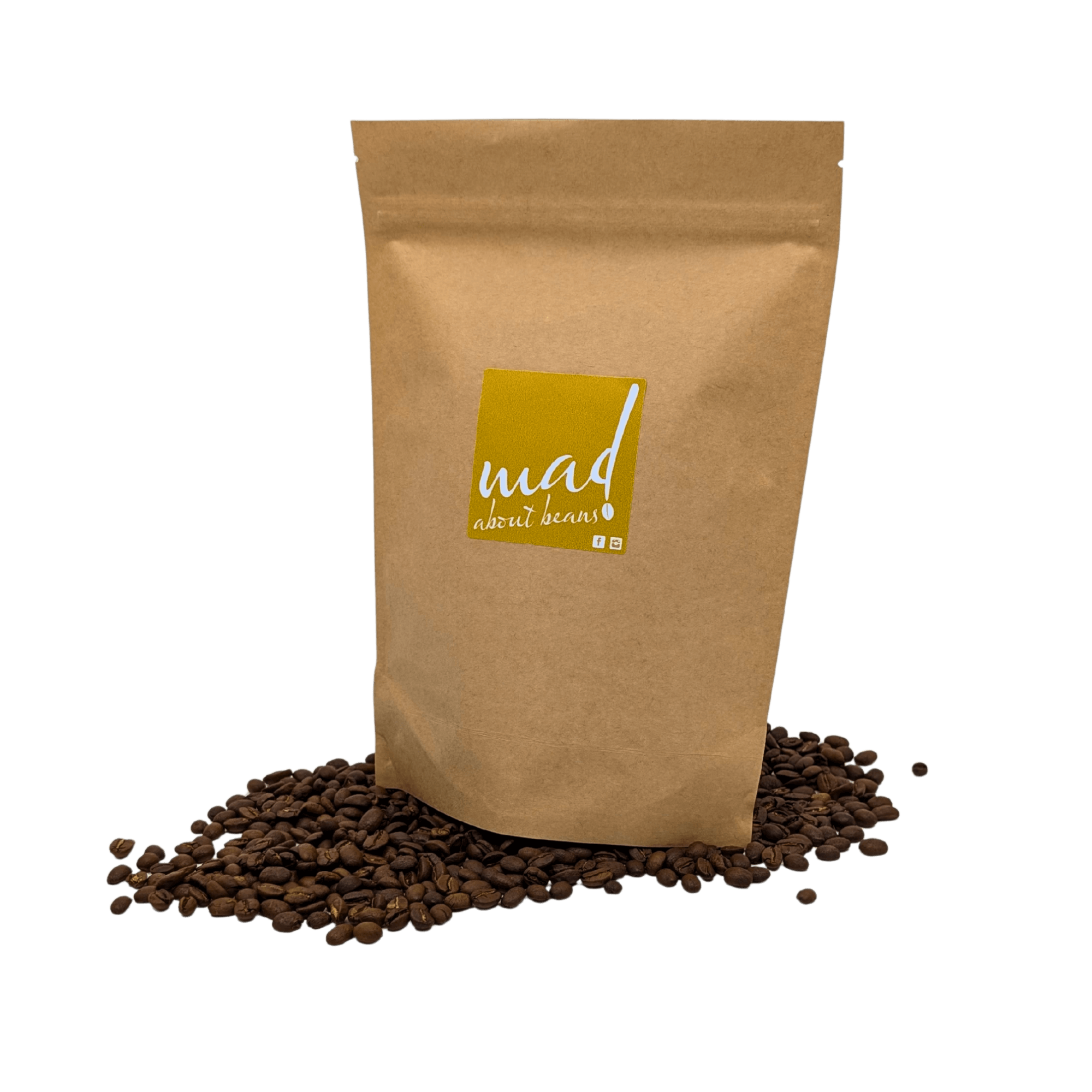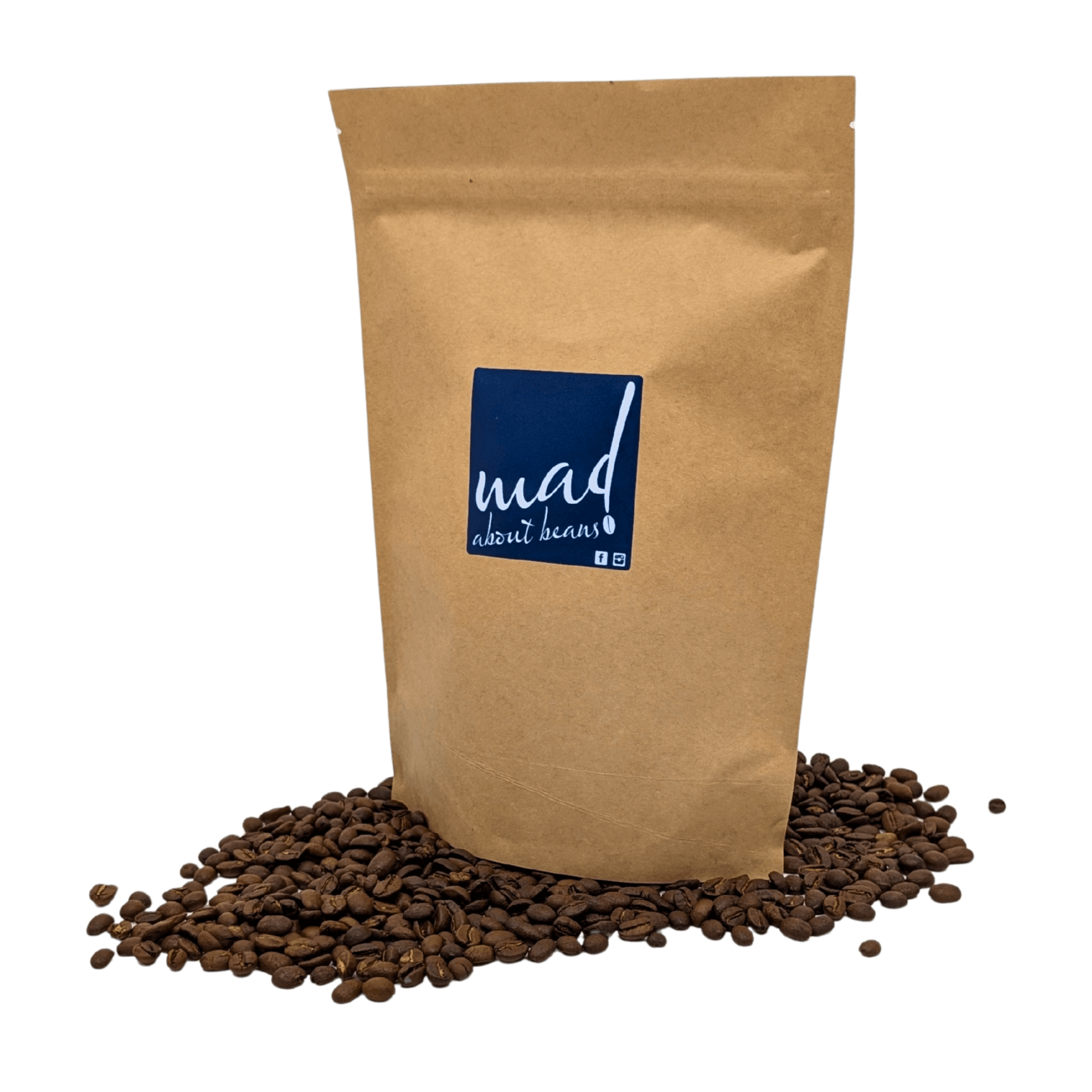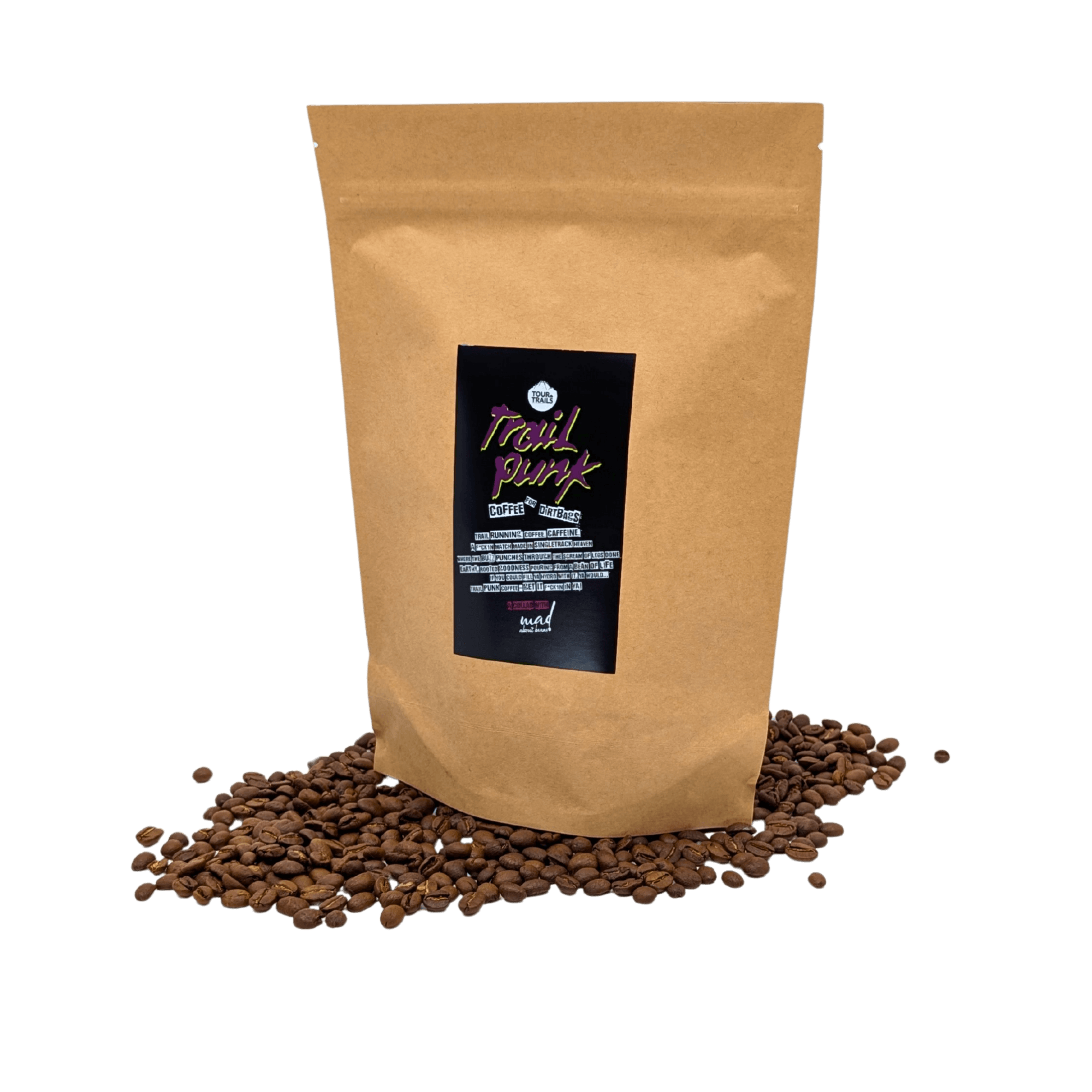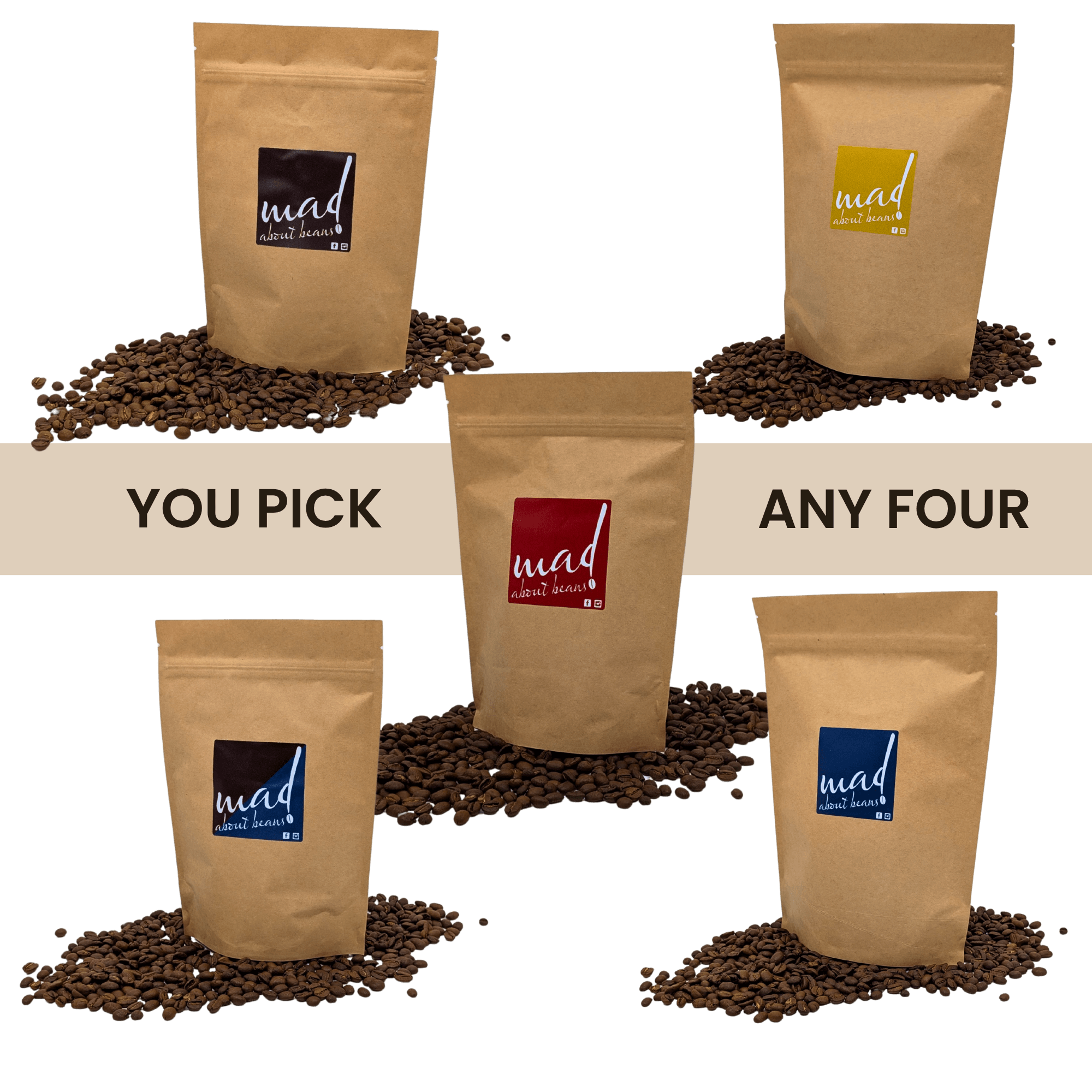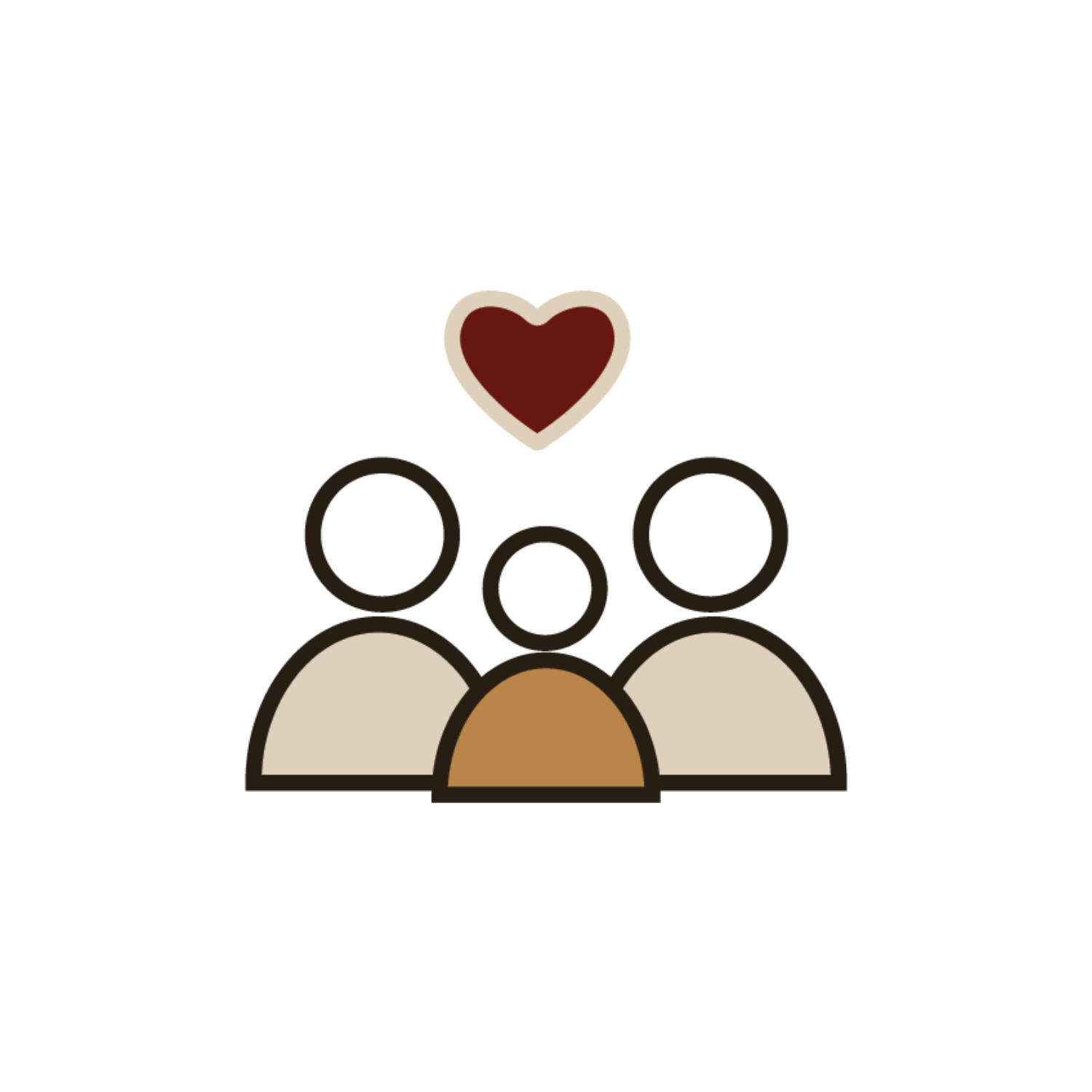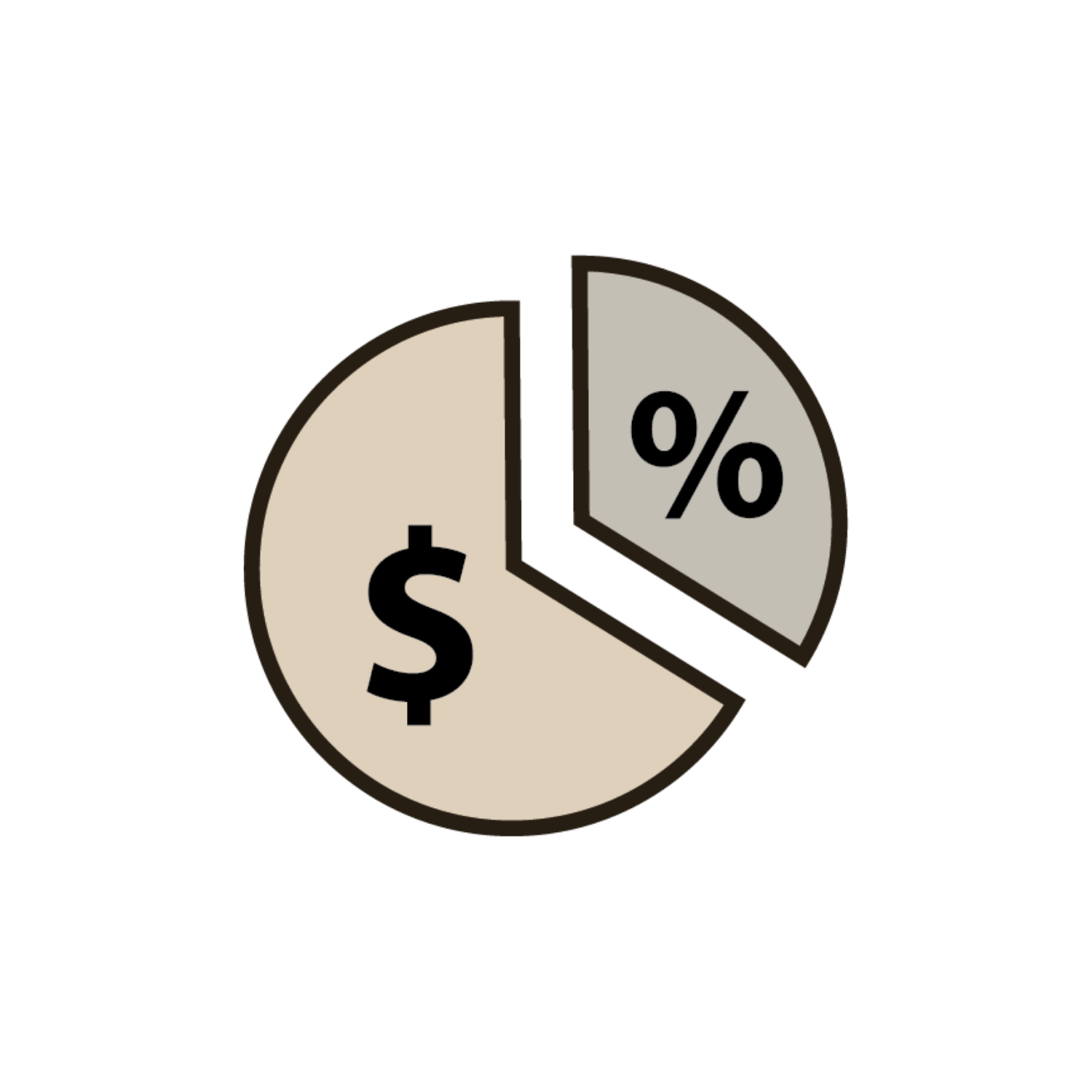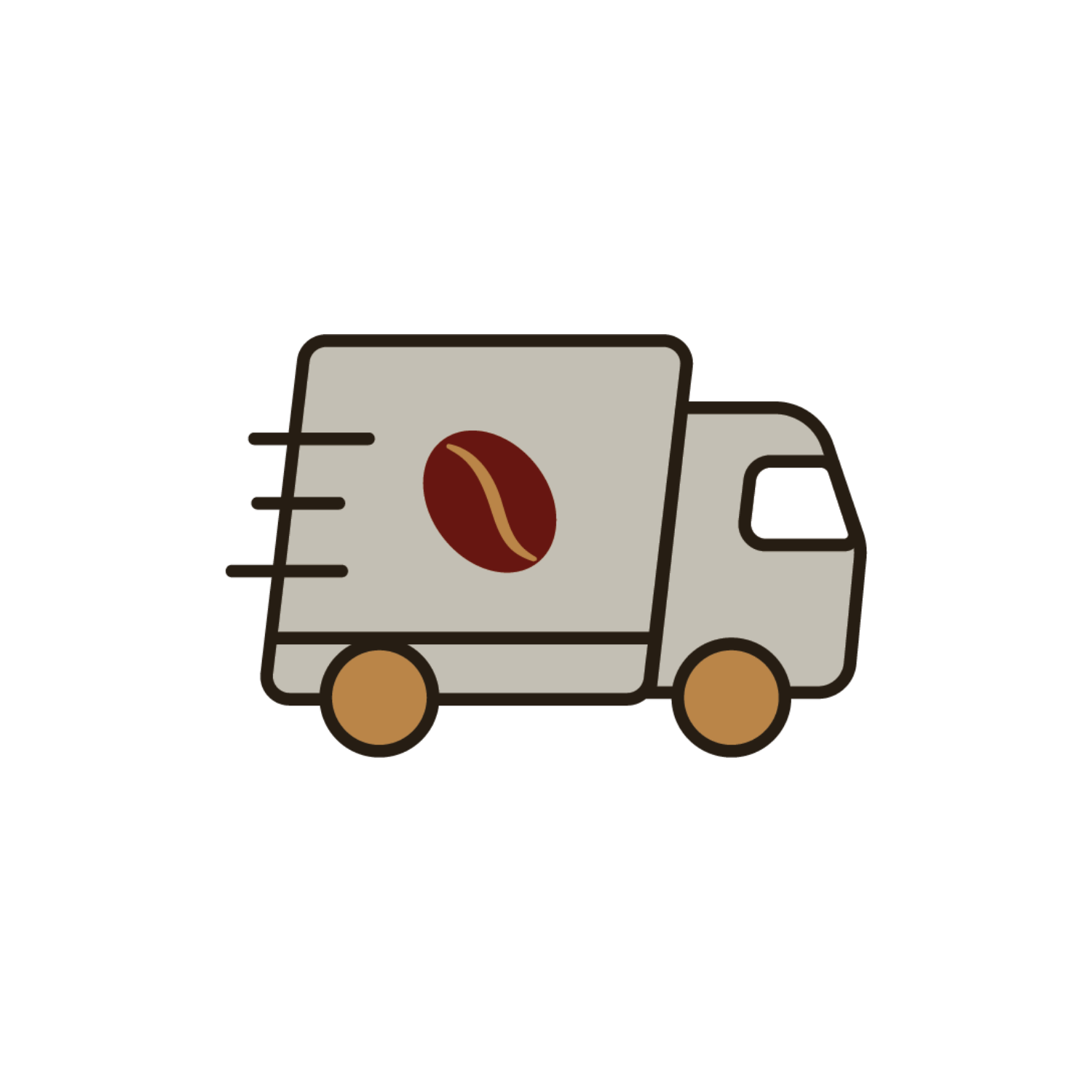Which Brewing Method is Best?
We often get asked, "Which brewing method is the best to use?".
The correct response. It depends. Honestly, there is no best or worst method. It really depends on your taste, your time, your level of laziness, and, of course, your budget.
Let's break down all the most popular methods for you.
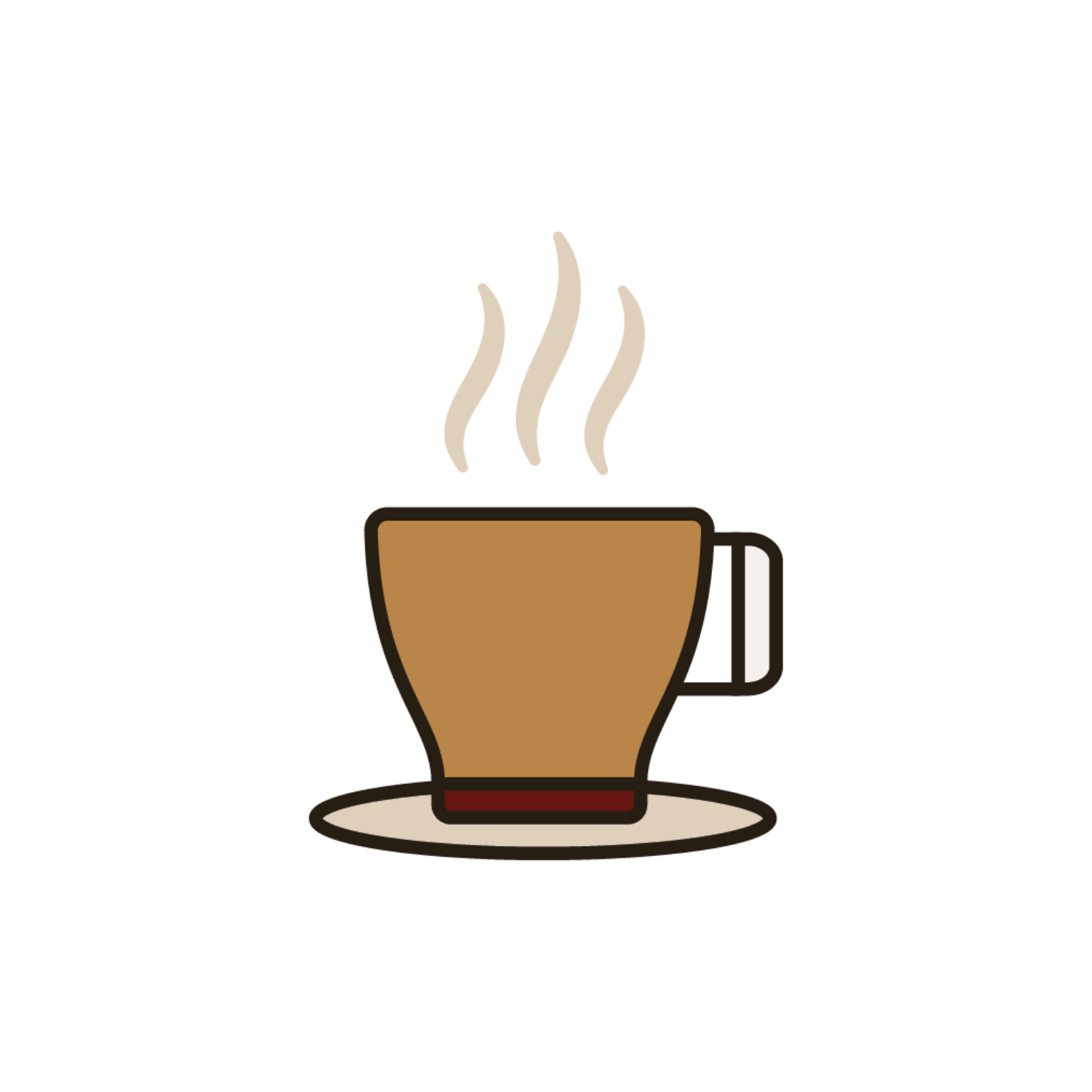
Coffee Brewing Method:
Pour-Over
If you’re trying to impress a date with coffee-making skills, pour-over is your ticket. Maybe it’s the whole Chemex six-cup with the wood and tassels – the allure of the rustic gentleman. Or the clean design of the Hario V60, with white ceramic and glass.
Whatever it is, pour-overs look sharp and make a very nuanced, smooth cup of coffee.
The Pros:
- You can brew more than one cup at a time.
- Produces a really magnificent cup of coffee that allows flavors in the beans to speak for themselves, so no need for any add-ins.
- It’s fun to experiment and taste the difference between varieties of coffee. Good luck noticing those subtleties with your parents’ hand-me-down drip machine.
- The bonded filter catches sediment and oils, preventing bitterness.
- You'll impress the hell out of any morning-after guests.
- In Sabrina's case you will be reminded of your childhood
The Cons:
- It's probably not the ideal method if you are not a morning person. It takes some time and needs patience, which not everyone has in the morning.
- With all of the available accessories, all of which are beautiful and make you look like you have some idea of what you’re doing in life, you can really spend some serious coin on this method.
- To properly clean the vessels, you need a long-handled brush. Another expense.
How-To:
Grind Size: About the coarseness of table salt.
Ratio: For a six-cup Chemex, four or five tablespoons of grounds and about two and a half cups of water. For the Hario V60, use 3-4 tablespoons of beans for 1.25 cups of water.
How-To: Wet the paper filter in the pour-over basket to wash away paper flavors and seal it in place, then dump that water out. Then add your grounds and slowly pour over the water. Use a gooseneck kettle to look cool – and, less importantly, to have optimal control over how fast and where you’re pouring the water.
Brew Time: Between three and four minutes.
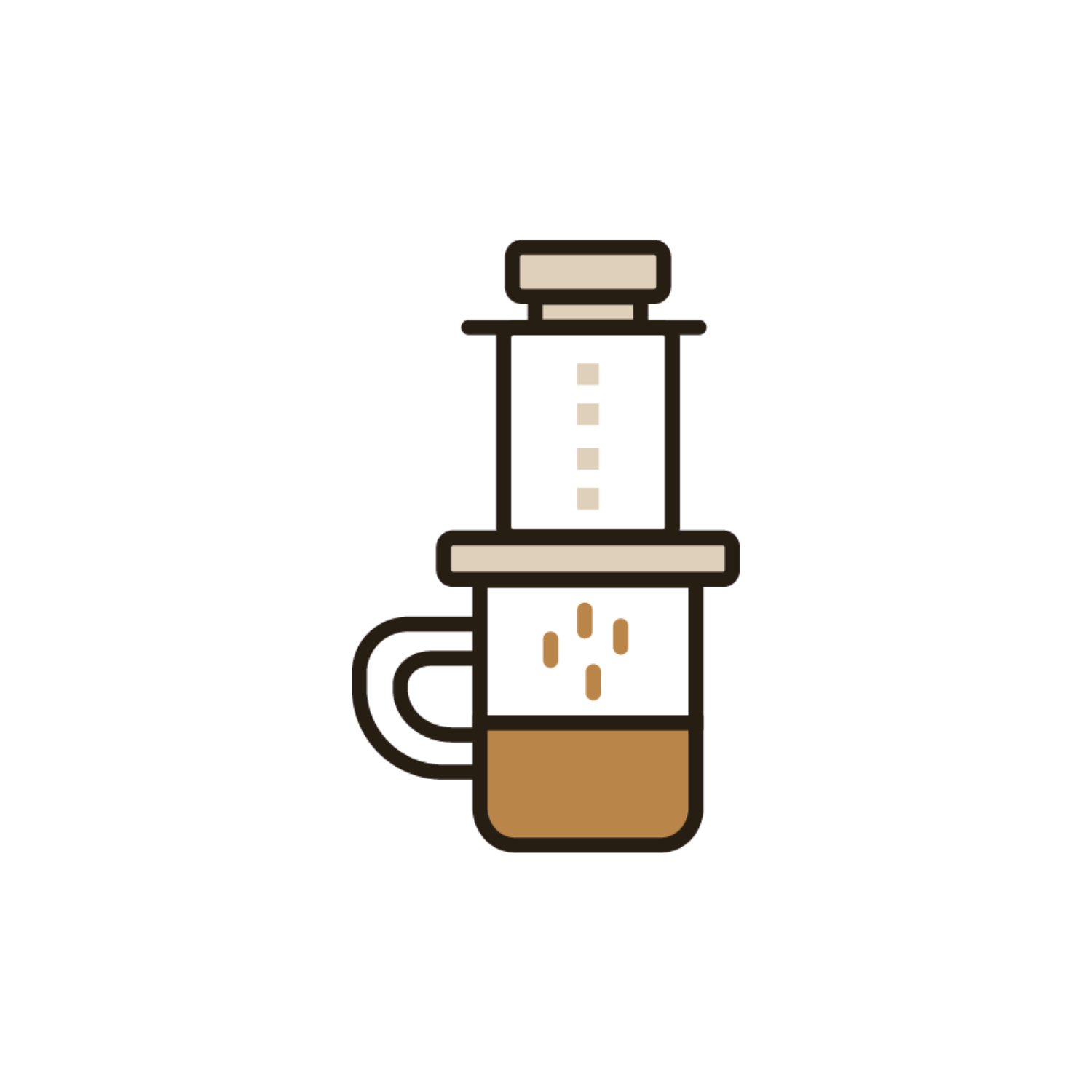
Coffee Brewing Method:
Aeropress
These things look super cool, and make incredible coffee. The grounds become completely immersed in hot water, and then a high level of pressure extracts pure flavor. The strength of the resulting coffee is comparable to espresso.
The Pros:
- Small and light. Therefore it's great for camping and travelling in general, or impressing your parents when you visit.
- Easiest cleanup ever. You just pop out a puck of spent coffee grounds, and rinse.
- Because of the intensity of the pressure, brew time is less than two minutes.
- Can be used to make espresso, too.
- Great taste
The Cons:
- You need filter for the Aeropress. Not really a huge deal, thanks to the magic of the internet.
- If you use the metal filter, watch out you don't loose it (Sabrina used it once and lost it once!)
How-To:
Grind Size: Table salt consistency
Ratio: This is actually really convenient. Use one Aeropress spoonful of beans, and fill the press to the big number 4 with water. Or, if you have a scale, use 17 grams of coffee and 220 grams of water.
How-To: Rinse the filter with hot water once it’s in place. Then just add the coffee and water and press down.

Coffee Brewing Method:
French Press
We all have that friend who’s always ready to roll. Doesn’t matter if it’s breaking down a door with a sledgehammer because they were messing with your girl (yes, that’s from the excellent Ben Affleck film The Town, don’t you dare judge me) or just shootin’ the bull. A French press is that friend.
It extracts very pure, robust coffee by totally immersing the grounds, then filters the coffee with a mesh sieve and plunger.
The Pros:
- A really clean, strong cup of coffee.
- You are the coffee master. You control brew time, therefore you control strength and, ultimately, taste.
- You can make several cups at a time – very handy for company.
- In addition to run-of-the-mill hot coffee, you can use a French press as well for cold brewed coffee or loose-leaf tea.
The Cons:
- This is harder than pushing a button on a drip machine. You have to monitor it, grind size matters, water temp matters, and you can’t just let it sit for ten minutes while you iron your shirt, and expect it to not taste like crap.
- Cleanup is easy if you have a garbage disposal. If you don’t, you’re going to be throwing a lot of coffee grounds in a bucket, or something. And since this takes coarsely ground coffee, you can’t just rinse them down the sink drain, unless you have a crush on your plumber.
- Depending on your equipment and how carefully you brew the coffee, you could wind up with sediment or sludge in the bottom of the cup.
How-To:
Grind Size: Coarse. Somewhere between the size of rock salt and raw sugar. When you push the plunger down, if it drops right to the bottom with no resistance, your grind was too coarse. If it’s really hard to push down, your grind was too fine.
Ratio: About 60–70 grams (some coffee scoopers have gram size inscribed on them – otherwise use a scale) per liter of water.
How-To: Add your grounds and hot water, wait, and plunge. And use a wooden spoon to stir the grounds in the press – if you use metal, the hot glass could break.
Brew Time: 4 minutes. Don’t let it sit in the press after that, or it'll continue to brew, and the coffee will get more and more bitter.

Coffee Brewing Method:
Drip Machines
This is your parents’ coffee maker. Drip machines = set it and forget it. They heat the water, push it through the coffee, and keep it hot.
The Pros:
- You can program these things the night before, so when you wake up... coffee.
- You control the water quality, coffee quality, and strength of the brew.
- These things make a lot of coffee. We’re talking post dinner amounts of coffee.
- You can do other things while a machine makes your coffee.
The Cons:
- Years have been wasted by people trying to figure out why their drip machine coffee tastes “off” with no discernible answer.
- You have to clean it by running vinegar through instead of water. Hot vinegar that smells faintly like coffee will cause you to stand over the sink and just take a minute.
- When you leave coffee grounds in the filter for a few days, then open it up and find mold. Or when you accidentally leave a little coffee in the bottom of the pot for days and find mold. Basically, mold.
How-To:
Grind Size: Table salt consistency.
Ratio: Varies. Check your machine's instructions.
How-To: As with any method, this requires a little trial and error based on how you like your coffee. But this method is even more so, because your machine will make coffee in its own unique way, so you have to adjust to it. Basically, though, you're just inserting a filter, adding grounds, adding water, and then pressing a couple of buttons.
